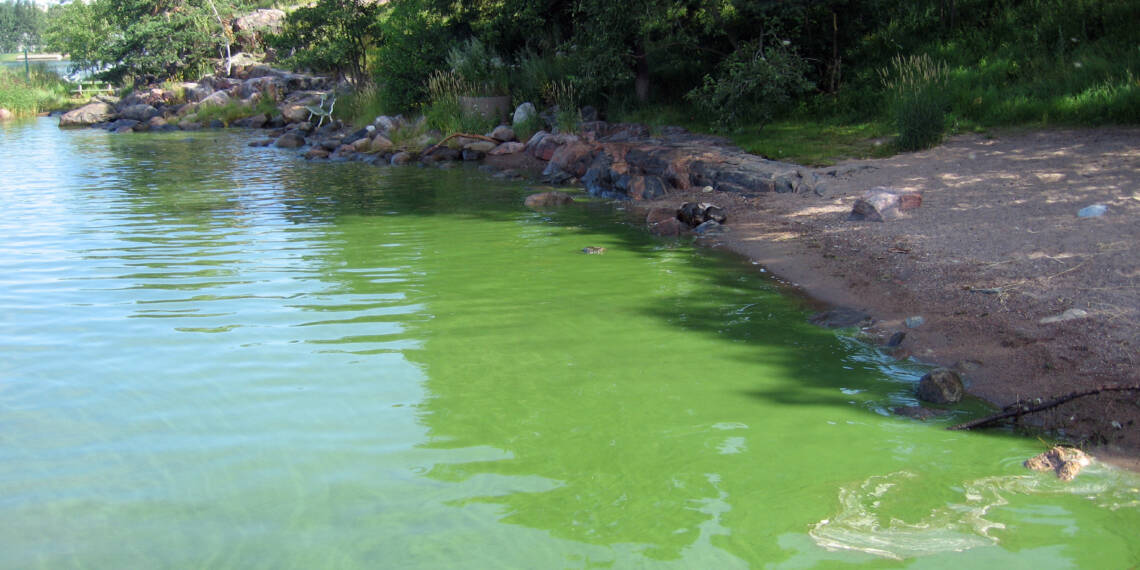
The blue-green algae situation can change quickly in the summer
Summer water is enticing to swim, but the beach water seems to be greening. Do you dare to go swimming? Blue-green algae is monitored by professionals and volunteers throughout the summer, and you can see observations from the last three days on the map. Check the blue-green algae situation before swimming!
Up-to-date algae map
The map shows satellite observations and reports of blue-green algae that are at most three days old from June to September. You can get more information about an observation by clicking on it on the map. If there is no observation from a certain location, there is no information available about the presence of blue-green algae at that location for the past three days. However, the blue-green algae situation can change quickly, even within a single day. If only beach symbols are visible on the map, there are currently no observations.
The map’s information is based on satellite observations, reports from regular observers of the national blue-green algae monitoring, and observations submitted by citizens through the Havaintolähetti application (JärviMeriwiki). Additionally, the map displays blue-green algae information for the beaches in Helsinki. Information about the blue-green algae situation at other beaches can be obtained from the municipalities.
Current topics on blue-green alage
-
19.6.2025 Finnish Environment InstituteA calm start for the blue-green algae season(siirryt toiseen palveluun)As typical in early summer, the number of blue-green algae observations is moderate. Some blue-green algae have been observed in…
-
9.6.2025 Finnish Environment InstituteThe risk of extensive blue-green algae blooms remains significant in open sea areas(siirryt toiseen palveluun)A high risk of blue-green algae blooms in open sea areas persists in the Gulf of Finland, the Archipelago Sea…
Identifying and reporting cyanobacteria findings
Blue-green algae often appear as greenish or yellowish particles in surface water. However, it should not be confused with pollen, which also forms rafts on the surface of the water, especially in spring and early summer. The number of cyanobacteria, on the other hand, increases in late summer when the waters have warmed.
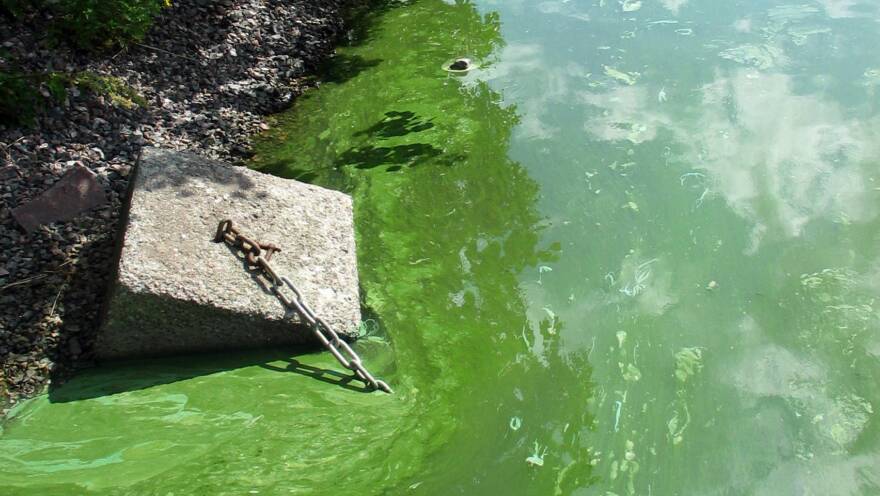
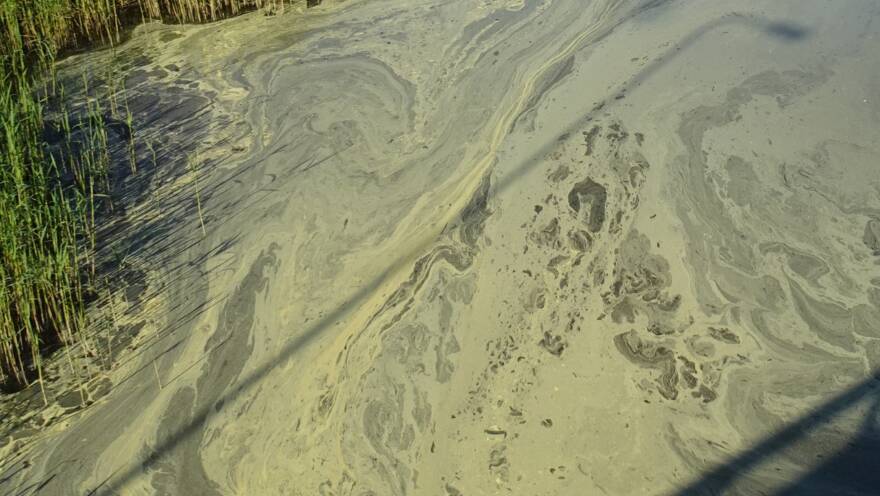
Here are instructions for identifying cyanobacteria in Finnish JärviMeriwiki: miten tunnistan sinilevän(avautuu uuteen ikkunaan, siirryt toiseen palveluun)
Reporting cyanobacterial findings is important.
Reporting cyanobacterial findings is important. It is advisable to report blue-green algae observations at beaches to municipal and city health authorities, as these reports enable municipalities and cities to warn against swimming in toxic water. Collected data can also be used to monitor eutrophication on marine areas.
Report blue-green algae observations to the Finnish Environment Institute using the Havaintolähetti in Järvi-Meriwiki (in Finnish):
Blue-green algae blooms should always be avoided
Blue-green algae are among the oldest organisms on Earth and produce oxygen for the atmosphere. Some algae blooms in the Baltic Sea are toxic, and the number of toxic algae increases especially towards the end of summer as the waters warm up. Therefore, all blue-green algae blooms should be avoided, and it is not advisable to swim in water containing blue-green algae.
Large algal blooms should always be treated with the expectation that they are harmful to humans and animals. In addition to harmful toxins, other health-threatening substances can be present in water that has large amounts of algae.
The Poison Information Center answers questions concerning the prevention and treatment of acute poisonings every day, around the clock . Contact the center by calling +358 800 147 111. The call is free of charge.
-
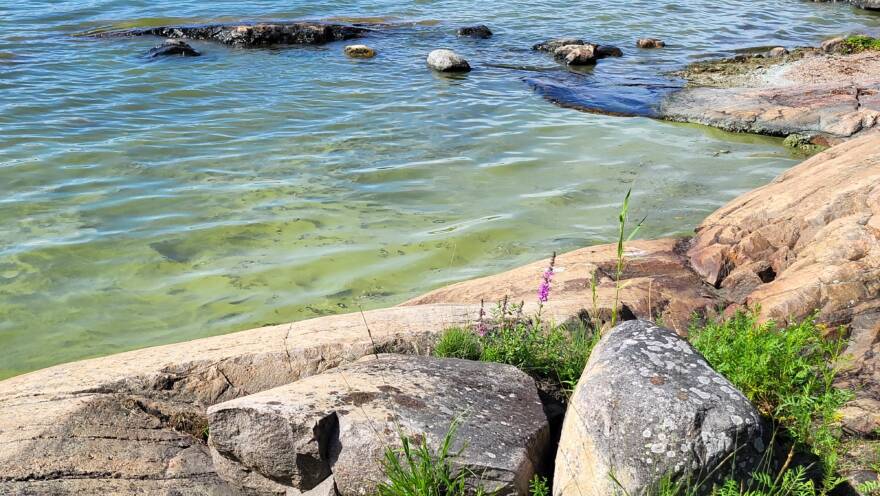 Find out more
Find out moreCyanobacteria
-
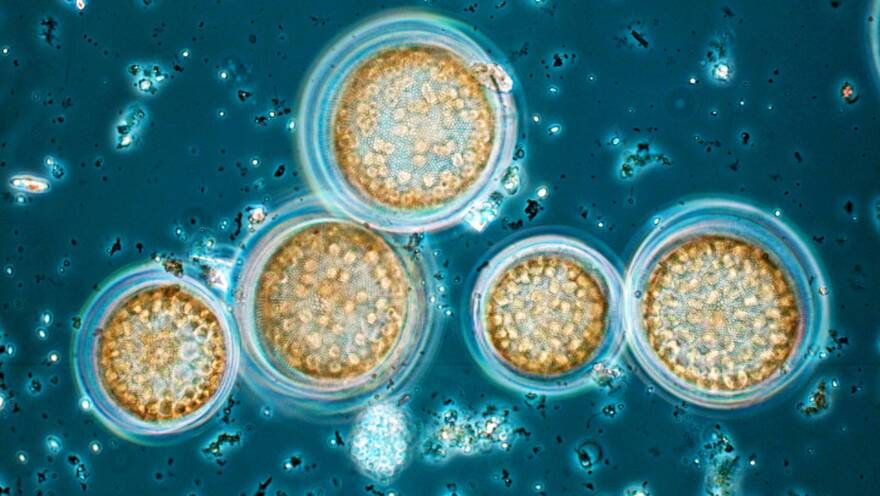 Find out more
Find out morePhytoplankton Image Gallery